The LGA’s membership magazine has clocked up 700 editions
The more things change, the more they stay the same – or so said French writer Jean-Baptiste Alphonse Karr in 1849.
It can certainly feel like that when you look back over 700 editions of the LGA’s first magazine, and reflect on the local government priorities and issues highlighted in the stories they contain.
Adult social care, children’s services, housing, funding and finance, the environment, devolution, inequalities and social justice have been recurring challenges over the 25 years since the first edition of first was published, in October 1999 – but, between the lines, progress and improvement is there to be seen.
Back then, first reported that recently appointed Health Secretary Alan Milburn had set out his “vision for the future of social services”, including the “need for all levels of government and different agencies to work together”.
All eight regional development agencies had presented their strategies for generating economic prosperity in the English regions to Deputy Prime Minister John Prescott.
Shadow Education Secretary Theresa May was due to speak at the LGA’s annual education conference in Kent, following a Conservative Party conference at which “the Tories unveiled a new approach to LEAs”.
Members of the LGA’s waste and environmental executive were calling for funding from government to help councils with the “laudable aim of moving from landfill to more sustainable methods of waste management recycling”.
Some councillors were worried about the introduction of the ‘mayor and cabinet’ style of decision-making to local government. And the LGA was proudly announcing the opening of the business centre in its new Westminster headquarters. This was “set up expressly with councillors in mind”, with a message service, LGA publications, Audit Commission reports, the day’s newspapers, and – “for the more technologically minded” – provision for laptops, fax and copying facilities…
A hundred editions and 16 months later, in February 2002, key stories included: Will Young polling more votes in ITV’s Pop Idol than two of the three major parties received in the previous general election; the lessons to be learned from the inquiry into the death of Victoria Climbié; and the naming of the 10 pathfinder councils undergoing the Audit Commission’s first comprehensive performance assessments.
In first 200, published in April 2004, the cover story was about the latest round of beacon council awards, with 63 local authorities in England recognised for their delivery of high-quality public services.
Employers and the Fire Brigades Union were “nearing the end of a complex two years of negotiations arising from the national fire service dispute in 2002”, with the Audit Commission’s first inspection of fire authorities showing that most were improving.
The Leadership Development Commission, a local government partnership led by the Employers’ Organisation and the Improvement and Development Agency, launched the sector’s first national leadership strategy.
The Welsh Assembly announced that means-tested grants would be reintroduced for students in higher and further education. And the LGA and the County Councils Network published new research urging councils in England to “act now” to make sure they got the best deal for local people if referendums, planned for the autumn, led to the election of regional assemblies.
In the end, only one referendum went ahead, in the North East, which rejected a regional assembly by a 77.9 to 22.1 per cent, marking the end of the then Labour Government’s devolution plans for England.

© LGA/Gregg Brown Photography

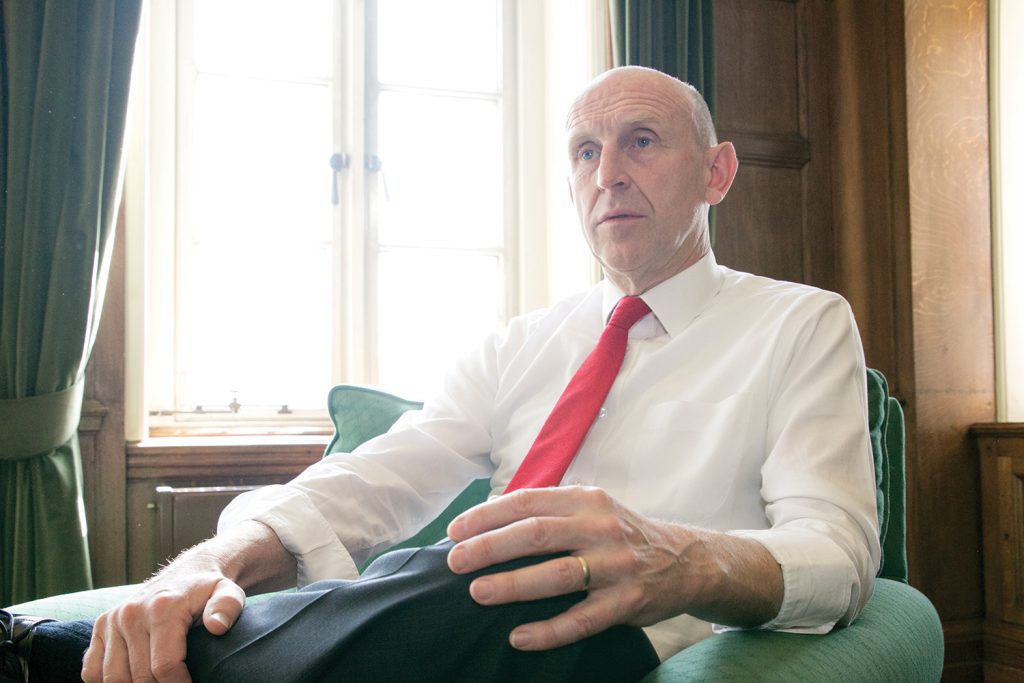
© LGA/Chris Sharp
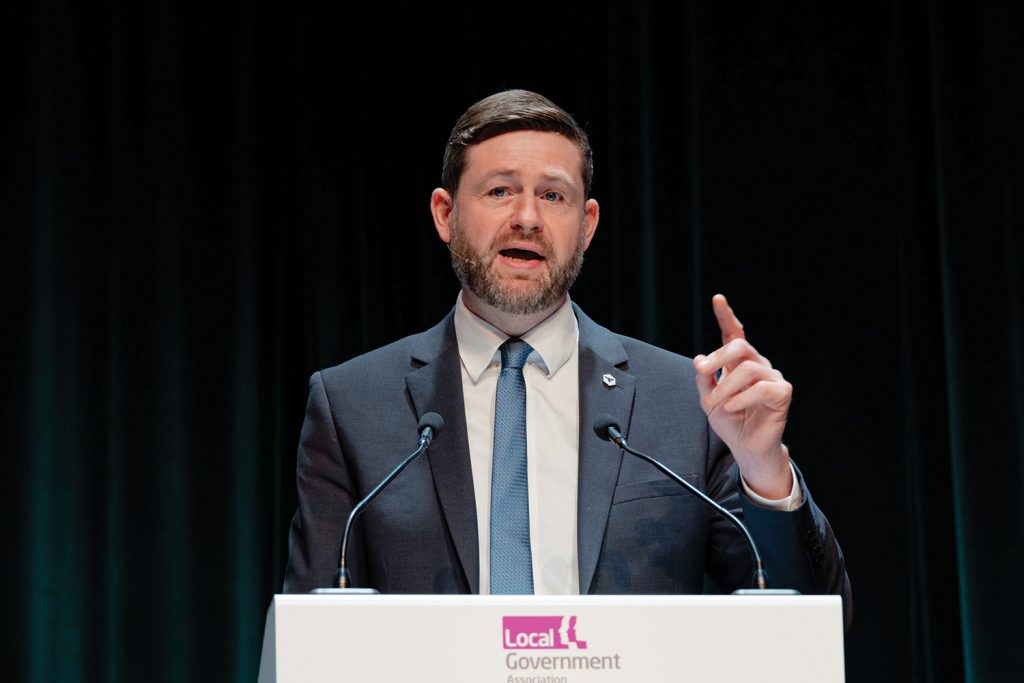
© LGA/Gregg Brown Photography
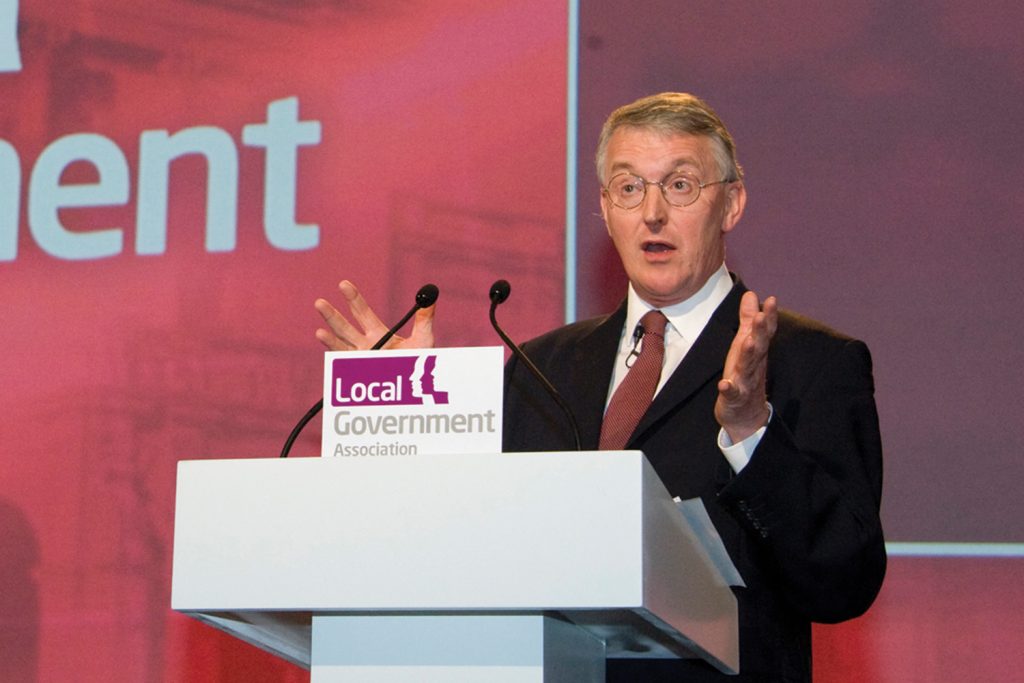
© LGA/Chris Sharp
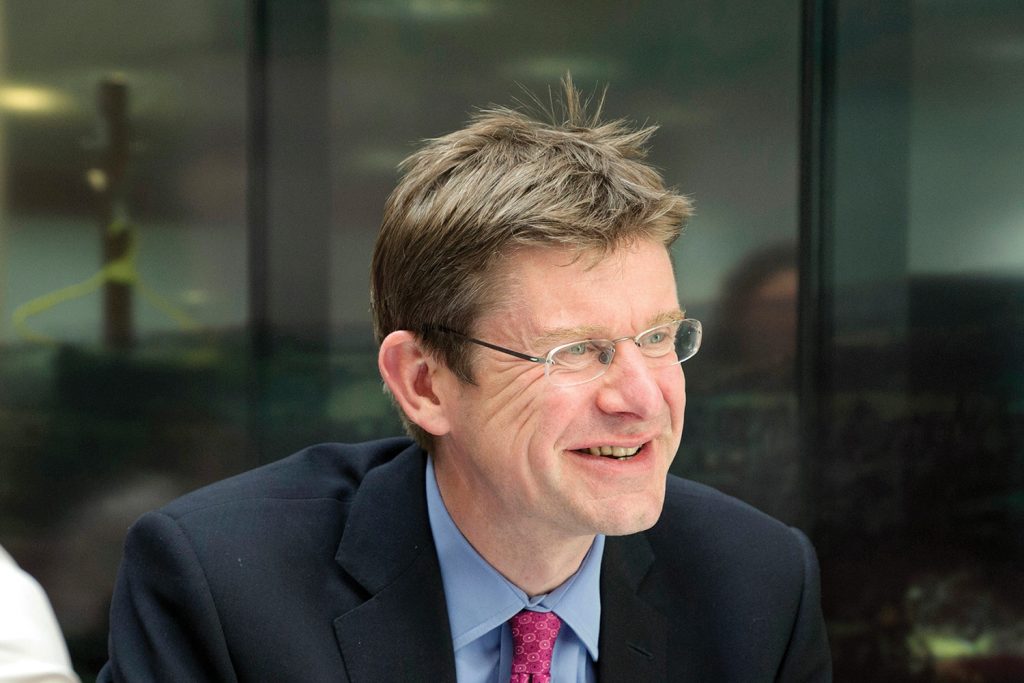
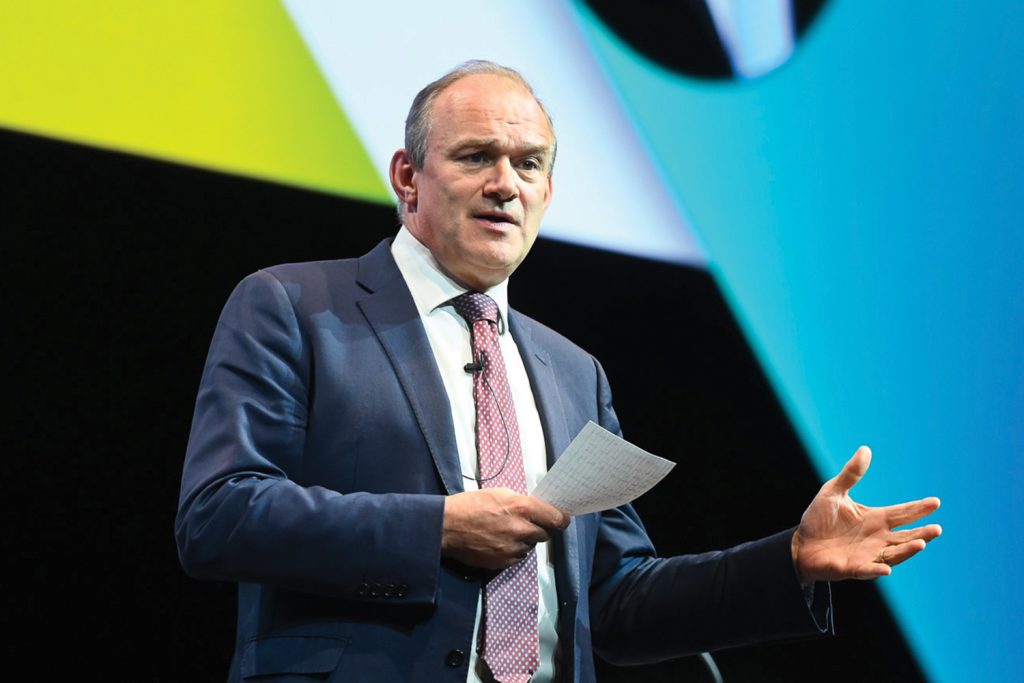
© LGA/Gregg Brown Photography
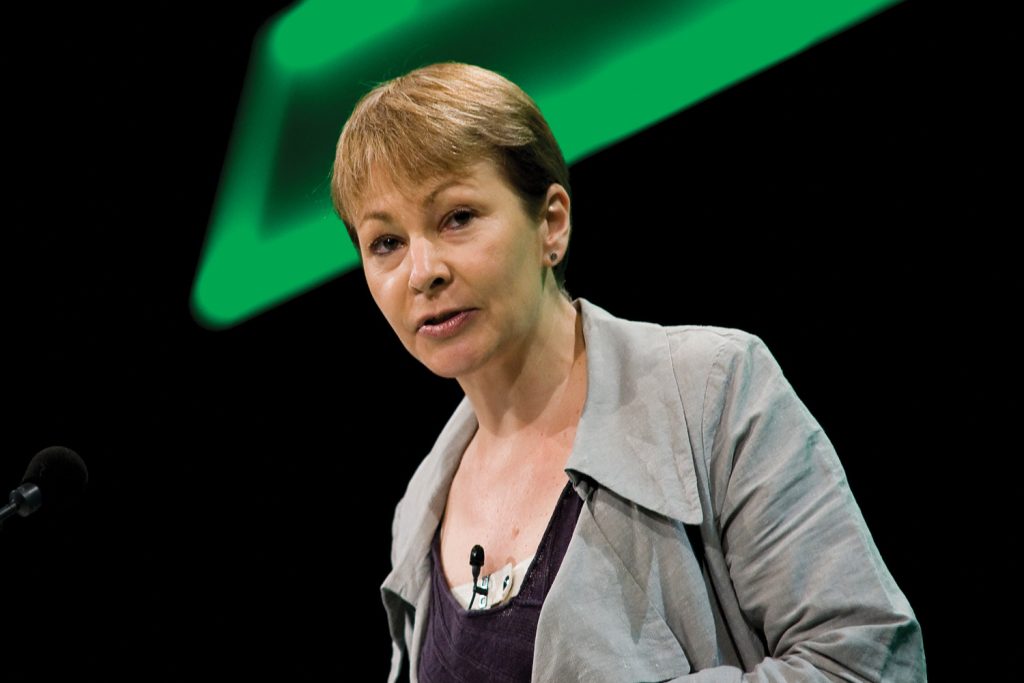
© LGA/Duncan Nicol Robertson

© LGA/Gregg Brown Photography
By issue 300 and June 2006, councils in England were “on course to deliver £1.3 billion of efficiency gains”, as part of the Gershon efficiency drive to reduce bureaucracy and free up funding for frontline services or keep council tax increases down.
Sir Michael Lyons’ government-commissioned independent inquiry into local government funding, the function of the sector and its future role, was also in full flow, with Sir Michael due to speak at the LGA’s annual conference.
first decided to blow its own trumpet in November 2008, with a montage of previous front covers celebrating its 400th edition. Stories inside reflected on the chronic under-representation of ethnic minority women in local government, an investigation by council trading standards officers that had found patients’ health was being put at risk by inaccurate hospital scales, and an LGA call for a legal loophole to be closed so councils could prevent the spread of lap-dancing clubs.
By first 500, in May 2011, the magazine was being published fortnightly, the LGA had rebadged itself (briefly) as the Local Government Group, and Baroness Margaret Eaton – the LGA’s first woman chairman – was nearing the end of her term. Key concerns included: a localism bill that provided for an “inordinate number of powers for the secretary of state to issue regulation and guidance”; a local government resource review looking at reforms to the business rates system; and LGA calls to cut burdens and reduce costs by reducing the amount of “nannying guidance” issued to councils.
Five years later, in June 2016, first 600 – now a monthly publication – led on the previous month’s local election results, and how “the two main parties continue to have more than 80 per cent of the councillors in England”. Other stories included: ‘Doing more with more?’ – on councils having to take on more responsibilities in return for retention of local business rates; an LGA call for evidence on ways of improving the reputation of local government with residents; and a round-up of how the LGA had influenced legislation over the previous parliamentary year.
A quarter of a century from that first edition, this 700th issue continues to reflect on key themes for local government: funding, children and young people, sustainability, improvement, economic inclusion, adult social care, housing, and preventative services.
If first magazine continues to be published 10 times a year, as now, it will be 2034 before we hit our 800th edition. Given the political turmoil and flux of the past decade, it feels hard to predict what will be happening in two years’ time, never mind 10. But if local government has anything to do with it, there will be many more ‘firsts’ and successes.